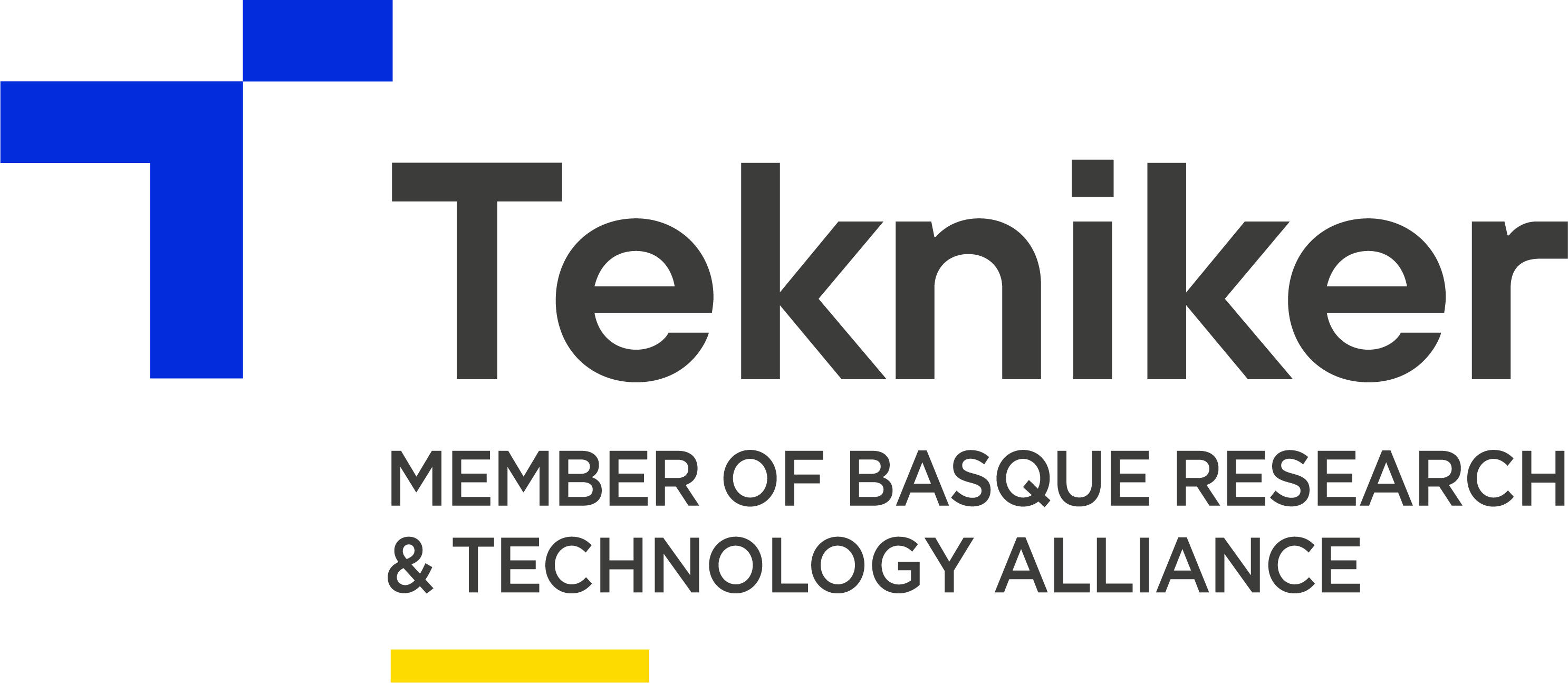
Tekniker – Interaction natural multi-modal human-machine, Industry 5.0
Tekniker
Sector: Industry
Business Case
As opposed to minimising human interaction by replacing it with robots and automation, Industry 5.0 seeks to strike a balance in the interaction between humans and machines. Enabling mechanisms that facilitate the natural interaction between the two agents is vital to ensure the success of this human-centred approach.
Objectives
The aim is to minimise time and improve access to technical documentation to resolve specific queries, even to gather information about complex processes that require the execution of different tasks, filling out work reports or commercial visit forms, enabling natural human-machine interaction mechanisms. Moreover, in scenarios where it is necessary to command systems such as robots, the aim is to reduce the time required to program such tasks and minimise the need to know the system programming language, through natural interaction.
Use case
In order to minimise this time and make all these types of interaction more efficient, a set of toolsets has been developed to easily compose and adapt different configurations of assistants that enable natural human-machine communication and interaction, thanks to their ability to interpret natural interactions and manage expert and domain knowledge, responding to the specific needs of industrial scenarios, where the volume of available data is limited and where many privacy restrictions apply.
Infrastructure
Hybrid
Technology
AI technologies that generate written or spoken language, images or videos (generative AI) Voice recognition Text mining
Data
Manuals, technical guides, and domain expertise
Resources
Tekniker’s multidisciplinary research team is composed of 2 linguists who specialise in computational linguistics, and 4 computer scientists, one with an analyst profile, another with a computational linguistics profile, a third who focuses on collaborative robotics and finally a fourth who focuses on mixed reality technologies.
Difficulties and learning
Typical scenario of manufacturing environments: non-digitised knowledge; limited volume of information, much of it unstructured; data privacy issues. The design and development of both the tools/modules and the final enabling solutions for natural human-machine interaction was an iterative process in which the personnel with the different profiles involved had to collaborate with their different needs and knowledge, responding to the needs of different use cases with multi-modal natural interaction assistance.
KPIs (business impact and metrics of the model)
Increased volume and detail in visit reports thanks to the voice reporting facility. Reduction of time to resolve queries and the need to resort to experts, thanks to natural searches and the capacity of the systems to manage expert knowledge. In the ratings, a positive qualitative evaluation by the users was detected.
Funding
Funded by Tekniker’s Specialisation Plan and the projects OnyxVoice (red.es Program), Berrekin (Elkartek) and DigiChecks (Horizon Europe).
Collaborators, Partners
Project developed by Tekniker in collaboration with companies such as ANER and Ayesa/Ibermatica.




